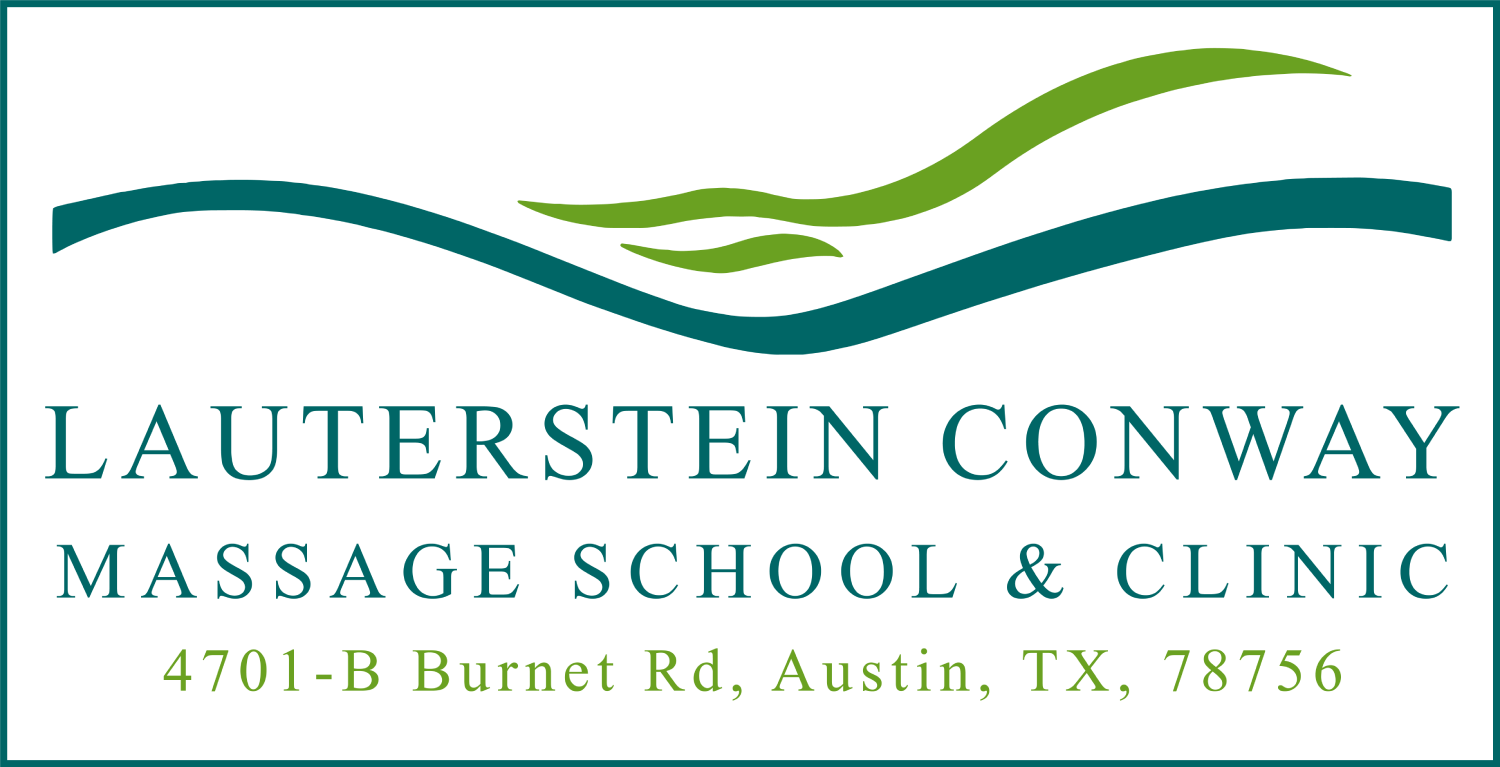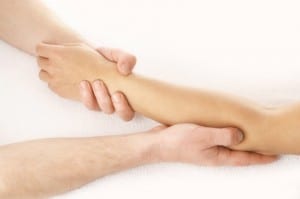Often in a practice we run across individuals with similar problems that can sometimes be blamed on the season or weather. Certainly clients with back issues will come to us after over-exertion or during gardening season.
For whatever reason though, lately, I have really noticed several clients who have short upper arm structures. These result from their genetic frame.
Normally, if you measure the arm or humerus in our upper extremity, it extends from the glenoid fossa of the scapula inferiorly to the distal end (olecranon process of the ulna) and then the arms run inferiorly to the waist and iliac crest. Individuals with short upper arms have humeral bones that do not measure down to the iliac crest. Usually they have no idea why they have leaned forward their entire lives or why they may not have been able to reach something on a top shelf when someone the same size can. Often these folks will have more trouble with work stations and are likely to develop carpal tunnel-like symptoms.
A medical history and a visual observation will reveal clients with short upper arms often have overly pronated forearms; very hypertonic pronator teres and resulting numbness and tingling in the wrist and fingers. The structure itself lends to abducted scapulae with prominent medial humeral rotation, more so on the dominant upper extremity. Add repetitive actions and non-ergonomic work areas and you have a laundry list of muscles to unravel, entrapments, and a predisposition for carpal tunnel syndrome, pronator teres syndrome and possibly double crush syndrome (nerve compression in two related places).
The Dimensional Massage approach that teach for this important structural issue begins with a sequence in the supine position with techniques to release hypertonic trapezius, SCM, posterior cervical muscles, pectoralis minor and major muscles. Active engagements techniques help to pin and stretch pectoralis minor and subscapularis. Both muscles are usually very tight on these types of frames. Moving on to the upper arm, release and stretch arm muscles with elliptical movement and body mobilizations. Release the elbow joint with movement and myofascial release techniques. Elliptically move the forearm muscles and release the pronator teres. Sidelying is next with serratus anterior as a target. Position the client prone lastly to release the soft tissues of the back. Also I suggest very specific exercises which will help.
There are a wide variety of techniques used in massage therapy to benefit clients with all kinds of structural issues. The above is my approach for short upper arms and clinical issues that often present themselves with this target group. Other contributing factors could be referred back pain, hip and pelvic positions, gait, and lower extremity factors. One fact remains apparent though. The structure we have contributes to our reaction to our repetitive activities. A wise massage therapist will see beyond the repetitive action and address the structure!
To learn more, register for the Orthopedic Massage for the Forearm, Hand and Wrist – Dimensional Massage Approach with Nancy Dail on Saturday & Sunday, June 1 & 2.

